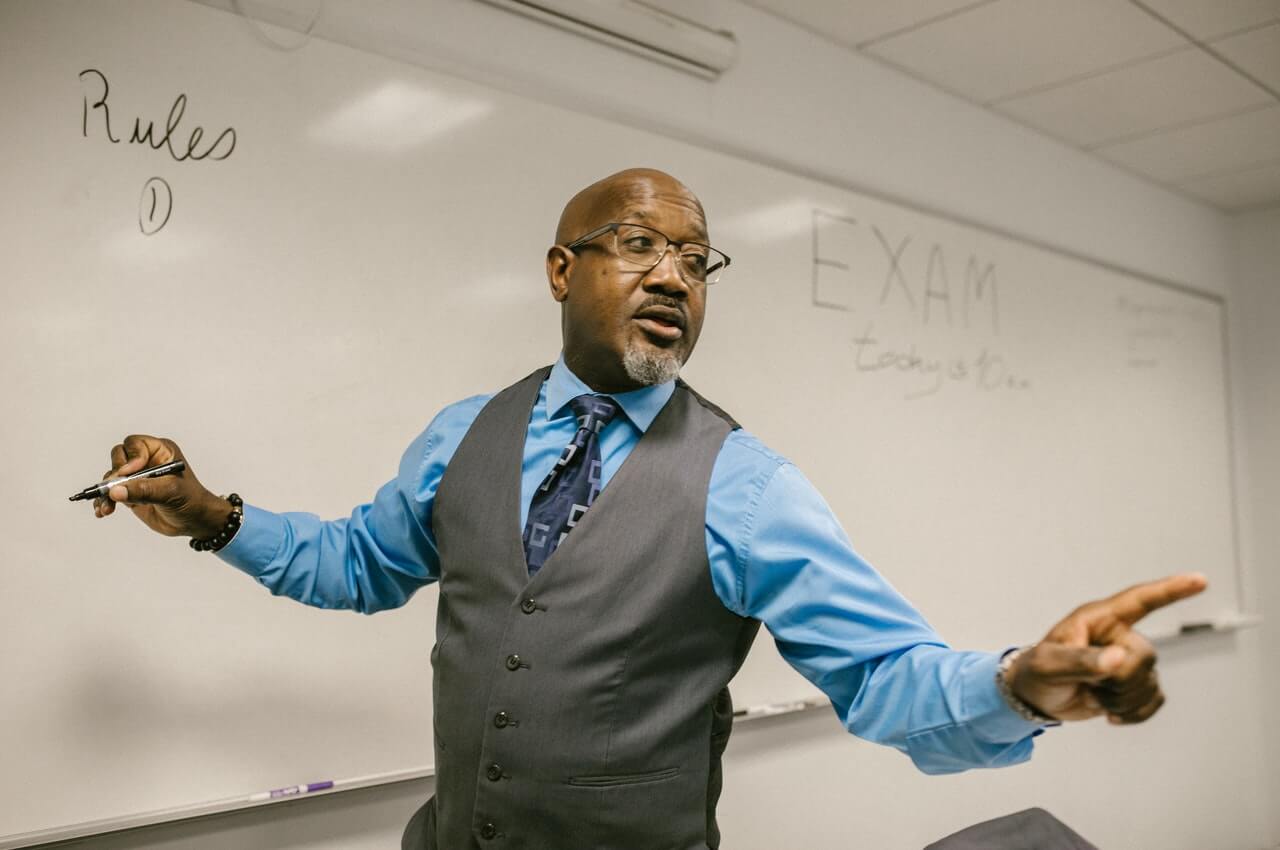
Taking advantage of technology, a teacher in Potomac, Maryland conducts her Advanced Placement Calculus class a little differently. In fact she has turned the traditional method on its head by having her students view her lectures via podcast and bring their homework to school. This has phenomenal applications for experiential training.
According to Gregg Toppo of USA Today in his article, “Flipped Classrooms Take Advantage of Technology,” students are less stressed and teachers lecture less–or so it seems – and teach more. It’s the latest way technology is changing teachers’ jobs — in this case it’s literally turning their workday upside-down. But teachers say flipped, or upside-down, classes offer greater control of material and more face time with students.”
The Method:
The teacher (in this case, Stacey Roshan) records her lesson on her tablet using it as virtual blackboard and uploads it to ITunes as a podcast. Students view the podcast at their convenience, once or as many times as needed. When they come to class, they bring out what would traditionally be “homework” to work on in class, first by themselves, then with a fellow student, and finally with the teacher. If something wasn’t clear in the lecture, time can be taken now to clarify it. Time is not wasted on what was easily digested and understood, but on the areas that plagued the students, and contacting a peer or problem solving didn’t resolve. It seems a wonderful application of hands-on experiential learning.
The Arguments:

The Cons. Disadvantaged students don’t have access to the technology, or what they have is unreliable. That sentiment was echoed in the comment section as well, also pointing out that “again we’re proving anything works for top tier students.” The technology becomes the focus, not the lesson. Lecture is still lecture however leisurely its delivered, and not the best way to teach; “it is still bad pedagogy,” say one detractor. Interactive lecture in class is better, constantly checking on the student’s grasp by asking questions as you go.
The Pros. On the plus side, according to Toppo, the teacher, Roshan “says it’s all about helping students understand difficult material. Flipping the classroom, she says, has made her students more independent, less-stressed learners, because for many students, the hardest part is applying the lesson to problem sets.” It also offers the students more face-time with the teacher.
The Training Application:
The idea of experiential training is nothing new to trainers, and neither is idea of passing out “lecture” materials to trainees and having them review them and bring (homework) to class to work on in teams or alone with instructor guidance. Also, although personally I haven’t seen it yet with the corporate universities, I can’t imagine it isn’t part of their curriculum. The idea, of course, is the hands-on approach to problem solving, and the kinetic approach to learning. In simple terms, we learn best by doing.

Similar to this approach is the hybrid education I have mentioned previously here in, “Are Hybrid Online/ Classrooms the Answer?” In fact, hybrid education and training seems to be the future, with so little time being available in today’s fast-paced world. The very technology making some things easier for us is also making us work harder because we are constantly available and answers can be researched and delivered in a matter of minutes instead of hours and days.
By the way, I will soon be teaching two hybrid public speaking classes, and I suspect during and after that experience I may have more to report on the subject of hybrid learning and its applicability to training and development. So far, I am very intrigued by this approach and can’t wait to start my learning process. Two different audiences, two different environments and the same class and teacher may make for an interesting discussion at some point.
What are your thoughts on experiential learning and the “flipped classroom” scenario? Do you see any applicable training applications? Give us some examples of techniques you’ve used in your training. Let me know in the comments section here. Also, if you want to contact me or check out my Acting Smarts website feel free. I have a new eBook out for anyone interested in my Cave Man approach to training, The Cave Man Guide to Training and Development. It includes a lot of helpful ideas and insights for all levels of trainers. Happy training.
—
For more resources about training, see the Training library.

